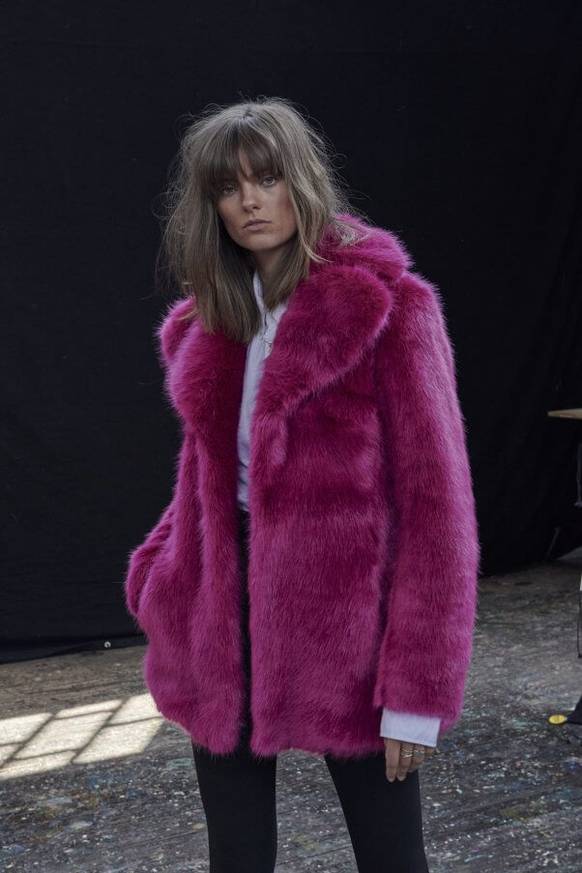
Fashion weeks in Amsterdam and Oslo, Melbourne, and Helsinki all ban fur, but New York, Paris, Milan, and New York allow designers to use it at their discretion. Nevertheless, many brands are still opting to use faux fur in their collections.
Tracking the trend
The origins of anti-fur activism go back to the mid-eighties. Trans Species Unlimited and the Coalition to Abolish the Fur Trade (CAFT) organized the first civil disobedience protests against fur in 1985 outside Macy’s stores in New York City and Sacramento, California.
George Cave and Cres Valucci from TSU repeated their activities on the busiest day of the year, “Black Friday”, and then “Fur-Free Friday” was created.
Stella McCartney was a pioneer
Stella McCartney is a pioneer in sustainable fashion. McCartney’s collections have been entirely made without fur or leather since 2001 when she founded her company. McCartney was not comfortable with fur alternatives until 2015.
McCartney told the Guardian newspaper that modern fake fur “looks so much like real fur that it’s impossible to tell when it leaves the atelier.” “I’ve struggled with this. However, I spoke to younger women recently about this and they said that real fur is not something they want. It seems like things have changed and that we are now able to make fabrics that look like fur if we take them elsewhere.”
Major brands have stopped using animal fur
Net-a-Porter and Farfetch have both pledged to discontinue selling real fur online in 2018. After this announcement, Chanel joined a long list of brands like Gucci, Burberry, Versace and others in declaring that it would no longer use real hair. Following a series meeting with PETA, Michael Kors also announced that it would cease using animal fur.
Givenchy’s faux fur coats stole all the attention at its FW18 show. Claire Waight Keller, designer at Givenchy, created couture faux furs that look realistic by taking inspiration from the label’s eighties archives. This was when Hubert de Givenchy was still in charge of the house.

Gucci was the first to stop using fur, with only Saint Laurent and Brioni remaining. Kering announced this year that all its brands would cease using animal fur. This was effective with the FW22 collections to be displayed in early 2022.
House of Fluff was founded by Kym Canter in 2017 to offer faux fur pieces that are more attractive than real fur: “We want to end the debate between beauty and morality. This is why we create cruelty-free fashion products that will make you feel just as beautiful on the inside as on the outside. These products will keep you cool and warm. While we may be passionate about ethics, style is also important to us.”
Canter knew that many animal-free furs are made from non-biodegradable materials like acrylic and polyester. She set out to create animal-free fur products without synthetics. House of Fur has been developing vegetable-based fabrics over the years. This includes BIOFUR(tm), a collection of plant based and recycled textiles, that can be biodegraded naturally or fully machine recycled.
“Our goal for the future is to transform House of Fluff into an innovative studio that creates breakthroughs in animal-free and sustainable textiles. Canter says that we don’t want any product to end up in the trash.”




